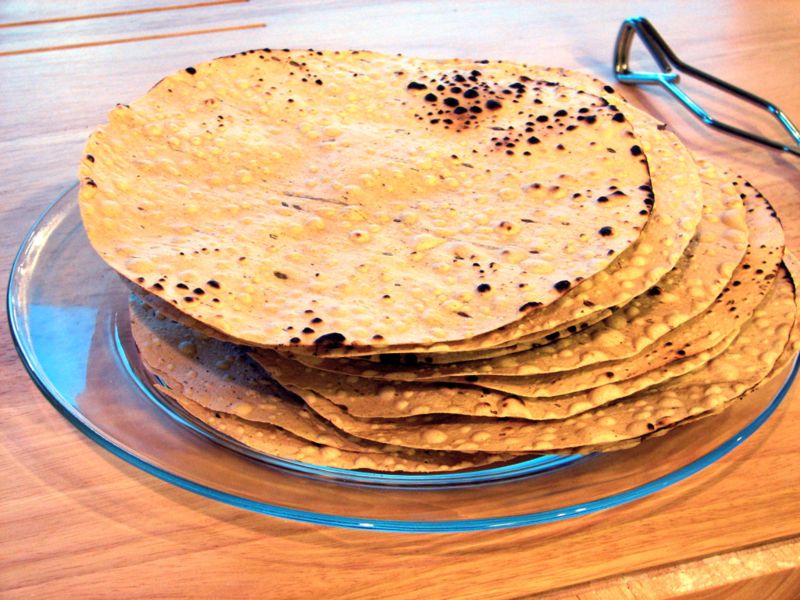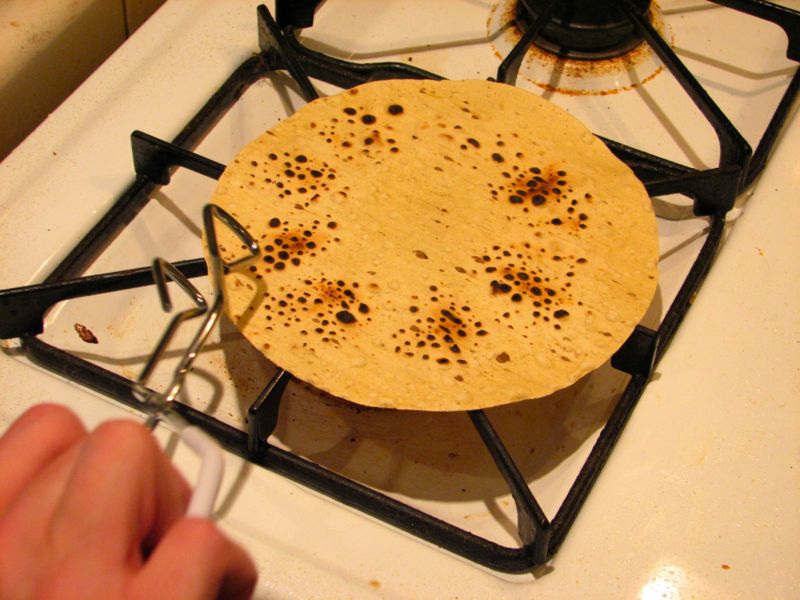Shilpa Papadam
Sexy Babes
From whatever angle, it is impossible to liken Bollywood’s sultry actress, Shilpa Shetty, to pappadum in terms of looks. In what is beginning to be a habit, British national TV again invited controversy when it compared the sexy Bollywood star to Indian pappadum. Perhaps the controversy will be placed in better perspective if David Beckham were compared to fish and chips, or Madonna to hamburgers. Nevertheless, as a humble Indian cracker, pappadums are as much a staple for Indian consumption and a representative of Indian culture as the rising star Shilpa Shetty. Thus pappadum and Shilpa Shetty may have a lot in common after all.
What is pappadum? To the unenlightened, pappadams are thin, circular discs, measuring 5cm to 25cm in diameter and between 0.3mm and 1.2mm in width. They are made from soaked rice flour, black gram or cow pea flour, mixed with salt and spices, and formed into flat shapes. They are pleasant of taste and smell, and crispy to bite. The Codex Committee specifies that pappadum should contain not more than three percent fat, have a moisture level of 12.5-15 percent and a maximum pH reading of 8.5. The Codex Committee was set up by two UN agencies to safeguard consumer interests and international trade. Food that is listed as an internationally traded product by the Codex Committee entitles an individual or importer to take legal action if it falls below standards.
There is so much variety in the pappadum. As a staple accompaniment to any Indian meal, definitive guidelines are needed to prevent the uninitiated from being misled about what is or isn’t pappadum. As pappadum travels the world, so its unique traits need to be protected and preserved. Looks like pappadum is assured of timelessness and immortality. What about Shilpa Shetty?

The papadum/ pappadam/ pappadom is a thin South Asian wafer, sometimes described as a cracker or flatbread, typically made from lentil, chickpea, black gram or rice flour.

How to make papadum/ pappadam/ pappadom?
Get the Ingredients read:
Urad Daal – 1kg
Salt – 100 grams
Pepper – 50 grams
Asafeotida (Heeng) – ½ tsp
Water – 500 grams
Preparation
• Mix the asafeotida and pepper with the urad daal flour. Lightly roast the salt.
• Boil 500 grams water with the salt. Let it cool to room temperature.
• Pour this water, a little at a time, in the urad daal flour mixture and make a very stiff (hard) dough.
• Put this dough in a big mortar and pestle. Pound the pestle on the dough in the mortar until it has elastic like consistency.
• Test it by rolling out a small piece. Divide the dough into 6 parts. Roll them out on a board and cut it into 1 inch pieces. Then put all the pieces in a bowl and cover the bowl. Taking one piece at a time, roll them out on an aluminium rolling board. Put them in direct sunlight to dry.
• Once they are dry and crispy, store them in an air tight container.
• To serve them, zap them in a microwave, or fry them in oil or roast them on a low flame.
March 28th, 2007 at 12:58 am
The reason Shilpa is compared to pappadam I think is simply because the British have always loved to make fun of the Indians. England’s relationship with India is a long one. The Indians and the English have a love hate relationship. I think it is quite healthy. Calling Shilpa poppadaum is offensive . I think the English simply love putting the Indians down. I think relations between the two countries however will continue to be very good. Indians love to accuse other countries of racism but in India too there is a lot of racism. Nearly all the top models in India are fair complexioned. Blacks in India are treated worse than they are in England. In fact the blacks in England feel much more at home than the Indians. The blacks act like they own Britain. There is hardly any discrimination against blacks in England. If there is , it is mostly imaginary.
alec